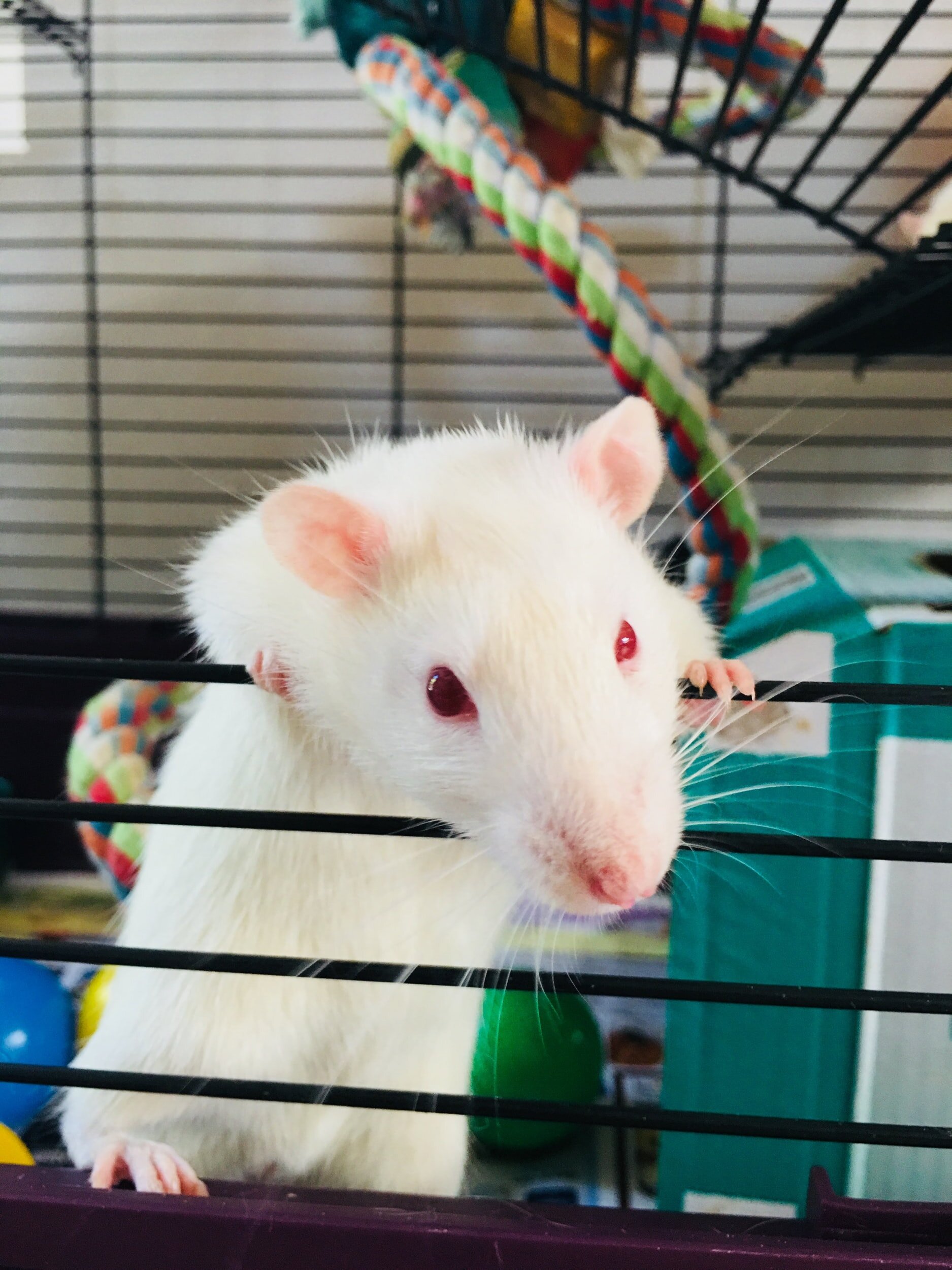Springtails and Their Benefit in Rat Enclosures
Recently, I’ve noticed a particular interest in people opting for a bioactive enclosure for rats/mice. It’s very interesting to me that we throw our pet’s feces in a bin when there are options like springtail trays and worm bins. Going bioactive is not just a greener option, its an easier option! All parts of nature have their niche and I believe the first course of action is to always try to utilize them.
This article was interesting to write as a springtail enthusiast because all similar articles are written from a rat owners perspective. I would highly recommend reading this in conjunction with an article written by a rat enthusiast if you are looking to also understand how to take care of rats.
Springtail Use and Care
Using springtails in a rodent enclosure will allow them to process droppings and other natural materials that fall through the bottom of the cage like food and debris. Springtails are a great option as they reproduce quickly and scale their population to the amount of food available, which will make them over time be able to process the correct amount of food and maintain that population.
Maintaining a bioactive enclosure is to make sure the springtails are happy to be there. Springtails and the reason why they work so well in terrariums and in gardens is they prefer to be in moist, humid environments. When it comes to having a bioactive enclosure for rodents, The key is to ensure that they feel comfortable and do not feel the need to relocate. Springtails will be at risk of death when no moisture is available and will relocate if they feel they need to find moisture to survive. The good thing is, contrary to popular belief, springtails are not capable of infesting a home unless there is lots of sitting moisture. The bad thing is, your bioactive set-up has now been evacuated and will need to be restarted.
You are now creating a home for both the rodent and the springtails, so there are extra steps you need to take to make both residents happy. Try to keep springtails away from a breezy window or large channels where wind travels through opt for the walls of the springtail tray to be higher than the substrate level to act as a wind blocker. With less breeze, it helps keep the coco-peat moist on top and allows springtails to feel comfortable enough to climb up out of the substrate and start processing food from above, not just below which will speed up cleaning.
Maintaining moisture is as easy as using a spray bottle and moistening the substrate regularly. The substrate to use is coco-peat as it has good water retention, is completely bacteria free and is also already used as a common springtail substrate. As coco-peat is a soil alternative for plants, this also means you have the ability to grow plants inside your enclosure (provided they do not harm your rodent).
Enclosure Maintenance:
There are still things you will need to consider, especially now that the entire make up of the enclosure has changed.
Rats are prone to respiratory illnesses and dust particles can sometimes be a problem. Coco-peat when dry will become dry and powdery and moves free and easily by wind. By keeping the coco-peat moist (which it should be) is most beneficial for both rats and springtails.
The presense of springtails and tunnels can also create pockets of increased ammonia from animal feces and the bacteria that comes with it. To minimize this build up, the coco peat will need to be turned and reset every so often and allow the rats to create fresh tunnels aswell for enrichment. If the tunnels are hidden or there is no glass to see into the tunnels below, make sure you first inspect tunnels for newborns before interfering with them.
When making your bioactive enclosure, it is also crucial to alleviate the pressure on springtails at the beginning. It may lead to a build up of waste in the cage if you immediately leave all of the work up to a starter culture of springtails. Springtails will scale their population over time to suit the needs of the environment. This is why i would always suggest a few rounds of feeding springtails to get them up to speed and also have a chance to settle in before introducing any rats into the mix.
Read up on springtail care here!
Finding a natural alternative to a problem is fantastic and very fulfilling, we just have to remember that there is still a requirement of care to maintain an unnatural application of a natural solution.



